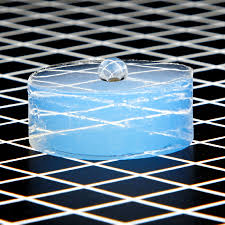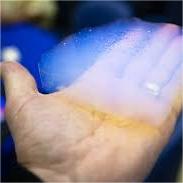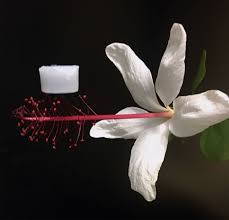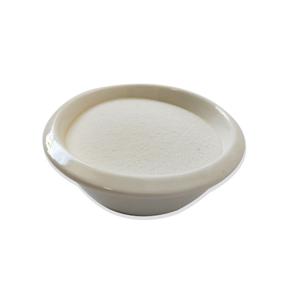Professional industry ceramic supplier, silicon nitride, silicon carbide, aluminum nitride and any other kinds of ceramics.
1. Introduction
Just 24 hours ago, a major materials supplier in Germany announced a 20% increase in orders for high-purity silicon carbide crucibles, driven by surging demand from the semiconductor and renewable energy sectors. This spike highlights the critical role advanced ceramics play in modern high-temperature processing—and raises an important question: when choosing between silicon carbide and silicon nitride crucibles, which material truly delivers superior performance?
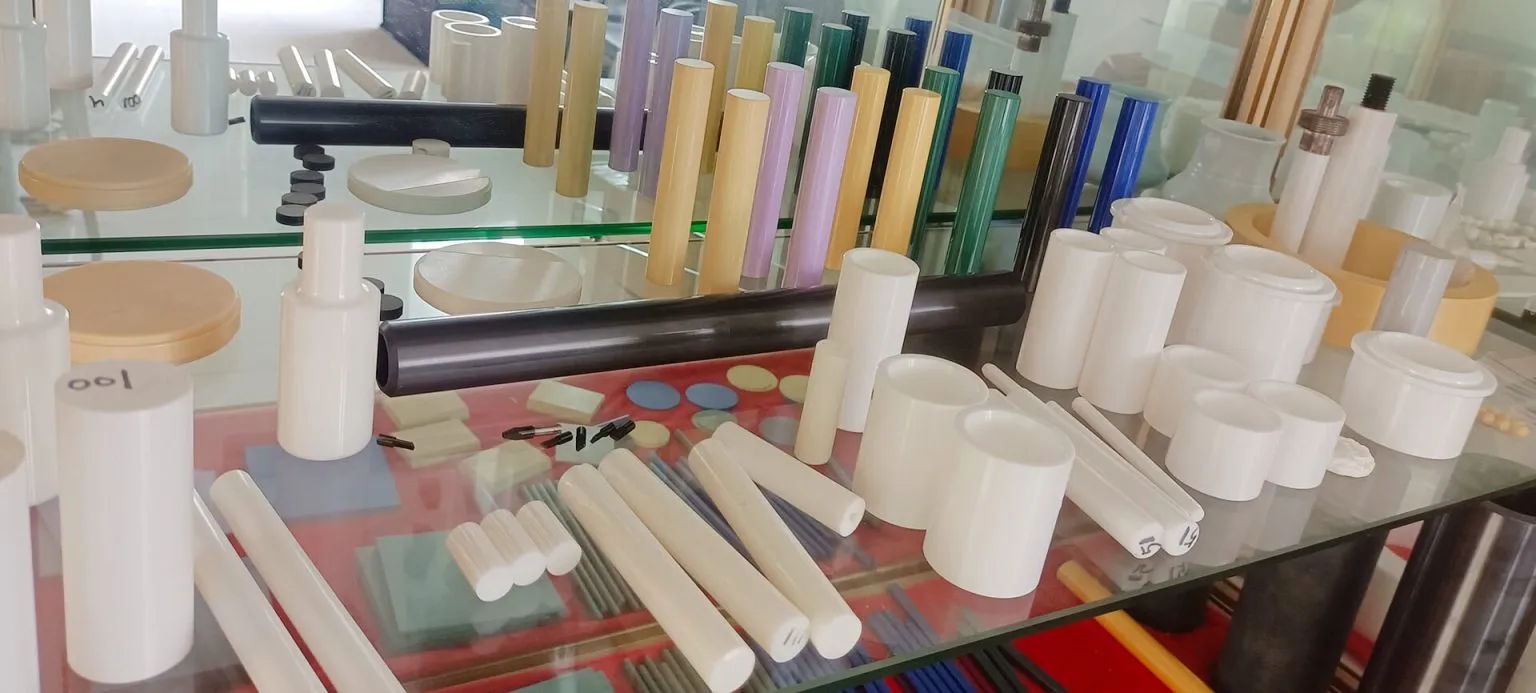
In this deep dive, we’ll compare silicon carbide crucibles with their close relative, silicon nitride crucibles, while also examining how silicon carbide’s versatility extends far beyond labware—to everything from silicon carbide ceramic tiles and tubes to even silicon carbide ceramic dinner plates.
2. Understanding Silicon Carbide Crucibles
Silicon carbide crucibles are made from sintered or reaction-bonded silicon carbide (SiC), a compound renowned for its exceptional hardness, thermal conductivity, and resistance to thermal shock. These crucibles are widely used in foundries, metallurgy, and laboratory settings for melting non-ferrous metals like aluminum, copper, and zinc.
Key advantages include:
- Operating temperatures up to 1,600°C (2,912°F)
- Excellent thermal shock resistance
- High mechanical strength even at elevated temperatures
- Chemical inertness against many molten metals and slags
However, pure silicon carbide can oxidize in air above 1,000°C, forming a silica layer that may affect performance in prolonged high-oxygen environments.
3. Silicon Nitride Crucibles: The High-Purity Alternative
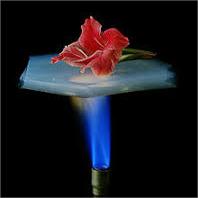
Silicon nitride (Si₃N₄) crucibles, though less common, offer unique benefits—especially in ultra-high-purity applications. Produced via pressureless sintering or hot isostatic pressing (HIP), silicon nitride crucibles exhibit outstanding resistance to thermal shock and minimal reactivity with molten silicon, making them ideal for photovoltaic and semiconductor crystal growth.
Compared to silicon carbide, silicon nitride has:
- Lower thermal conductivity (which can be advantageous for controlled cooling)
- Superior resistance to oxidation at high temperatures
- Extremely low contamination risk—critical for high-purity silicon nitride powder market applications
That said, silicon nitride crucibles are significantly more expensive and less mechanically robust under abrasive conditions than their silicon carbide counterparts.
4. Boron Carbide vs. Silicon Carbide: A Side Note on Hardness
While not typically used for crucibles, boron carbide (B₄C) often comes up in discussions about advanced ceramics. With a Mohs hardness of ~9.5 (vs. SiC’s ~9.2), boron carbide is harder and used in armor and abrasive applications. However, it’s more brittle and costly, and lacks the thermal conductivity needed for efficient crucible performance—making silicon carbide the preferred choice for most high-heat containment tasks.
5. Beyond Crucibles: The Expanding Universe of Silicon Carbide Ceramics
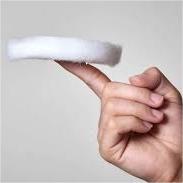
The same material properties that make silicon carbide ideal for crucibles also enable its use across diverse products. For instance:
- Silicon carbide ceramic tiles and rbsic silicon carbide tile blocks are used in kiln linings and wear-resistant flooring.
- Silicon carbide tubes and silicon carbide thermocouple protection tubes handle aggressive atmospheres in tube furnaces.
- Even consumer goods like silicon carbide ceramic baking dishes, silicon carbide ceramic dinner plates, and silicon carbide ceramic serving bowls leverage SiC’s thermal stability and aesthetic durability.
Interestingly, brands like Staub have explored silicon carbide baking dish staub variants for premium cookware, though true silicon carbide ceramic dinnerware remains niche due to cost and manufacturing complexity.
6. Manufacturing Methods Matter: RBSiC vs. Sintered SiC
Not all silicon carbide crucibles are created equal. Reaction-bonded silicon carbide (RBSiC) crucibles—made by infiltrating porous carbon preforms with molten silicon—are dense, strong, and cost-effective. In contrast, sintered silicon carbide crucibles offer higher purity and better corrosion resistance but at a higher price point.
Similarly, rbsic silicon carbide tile blocks and silicon carbide ceramic columns often use RBSiC for structural integrity in industrial furnaces, while high-purity labware may require sintered variants.
7. When to Choose Which?
Choose a silicon carbide crucible if you need:
- Cost-effective, high-thermal-conductivity containment for non-ferrous metals
- Durability in cyclic heating environments
Opt for a silicon nitride crucible if your priority is:
- Ultra-low contamination (e.g., semiconductor or solar-grade silicon)
- Long-term stability in oxidizing atmospheres above 1,200°C
For applications involving corrosive slags or extreme mechanical wear, alumina (Al₂O₃) or zirconia crucibles might be better—but that’s a comparison for another day.
8. Conclusion
Silicon carbide crucibles remain the workhorse of high-temperature industrial processing, thanks to their unmatched blend of thermal conductivity, strength, and affordability. Silicon nitride crucibles, while pricier, fill a critical niche where purity and oxidation resistance outweigh cost concerns. As demand grows—from silicon nitride crucible factories to makers of silicon carbide ceramic pasta bowls—the line between industrial and consumer advanced ceramics continues to blur, proving that silicon carbide and silicon nitride are more than just lab materials—they’re shaping the future of heat-resistant innovation.
Our Website founded on October 17, 2012, is a high-tech enterprise committed to the research and development, production, processing, sales and technical services of ceramic relative materials such as Silicon. Our products includes but not limited to Boron Carbide Ceramic Products, Boron Nitride Ceramic Products, Silicon Carbide Ceramic Products, Silicon Nitride Ceramic Products, Zirconium Dioxide Ceramic Products, etc. If you are interested, please feel free to contact us.

